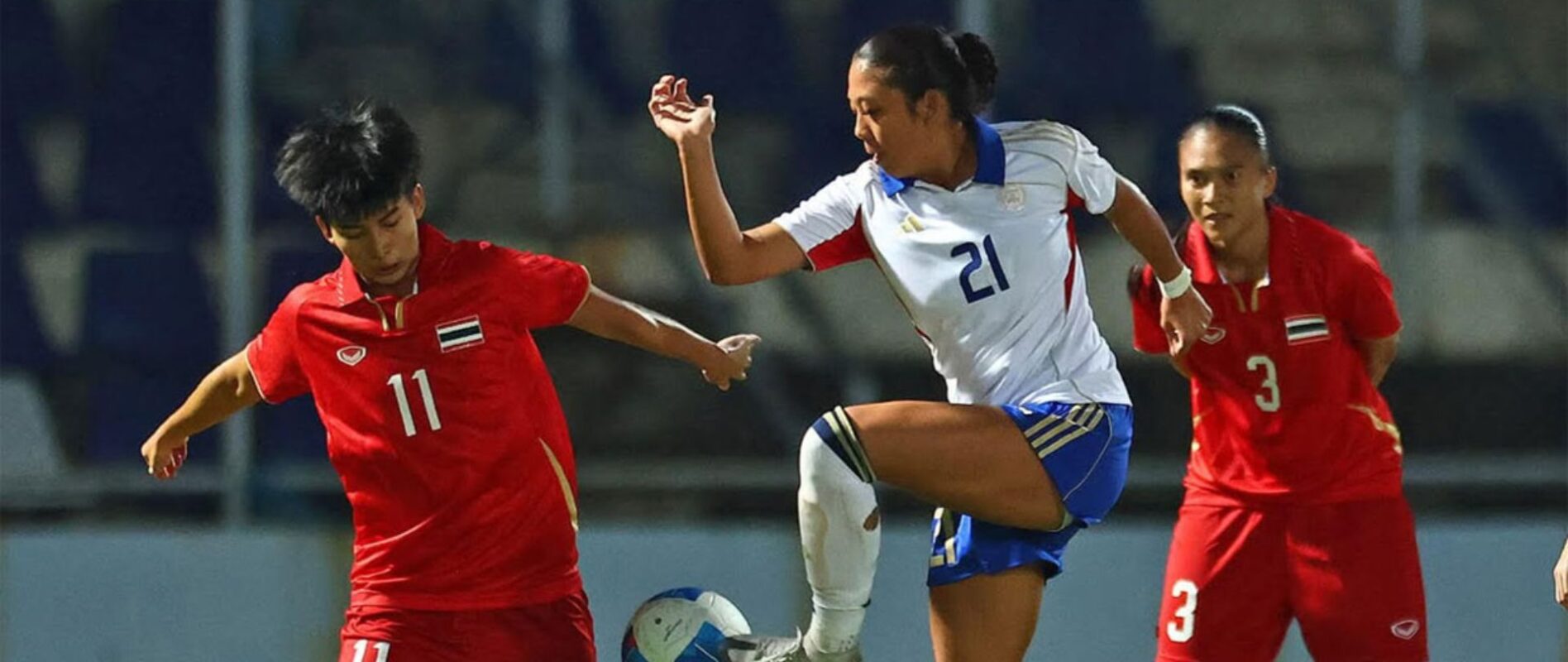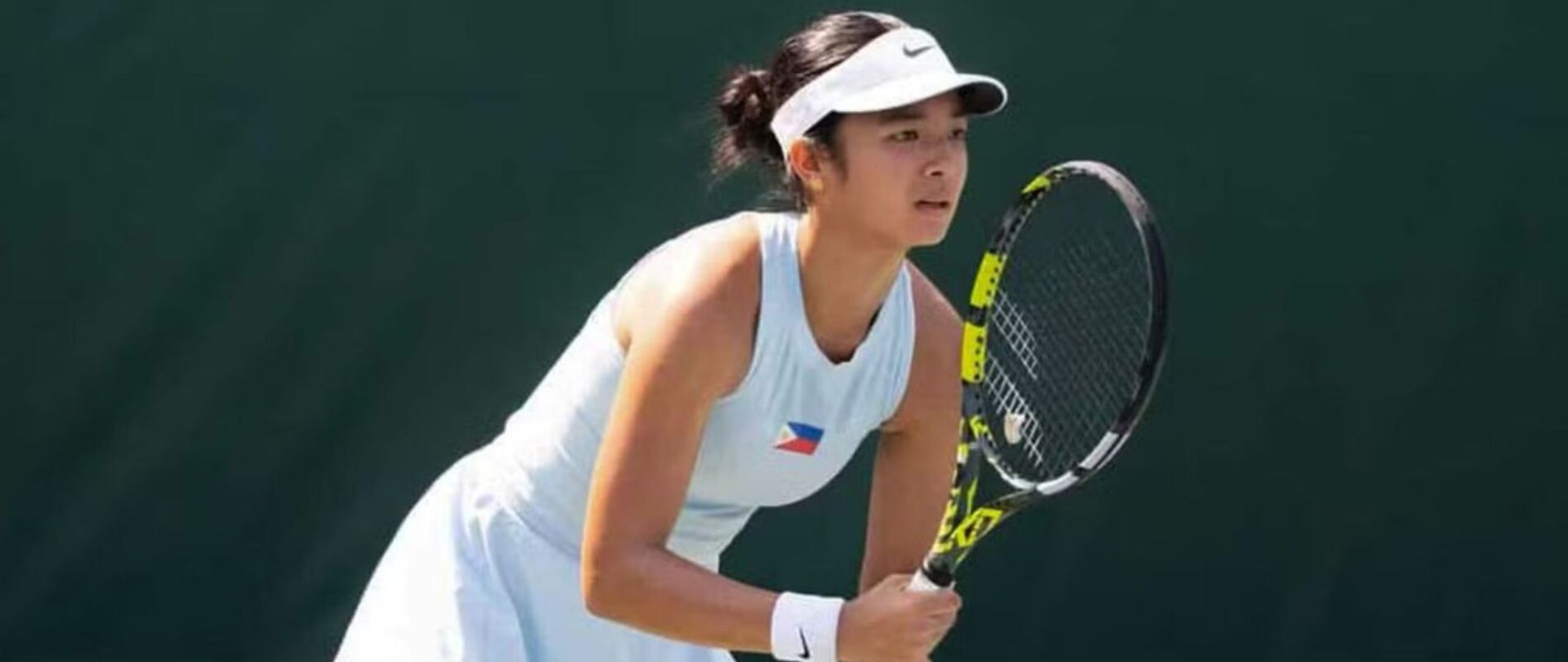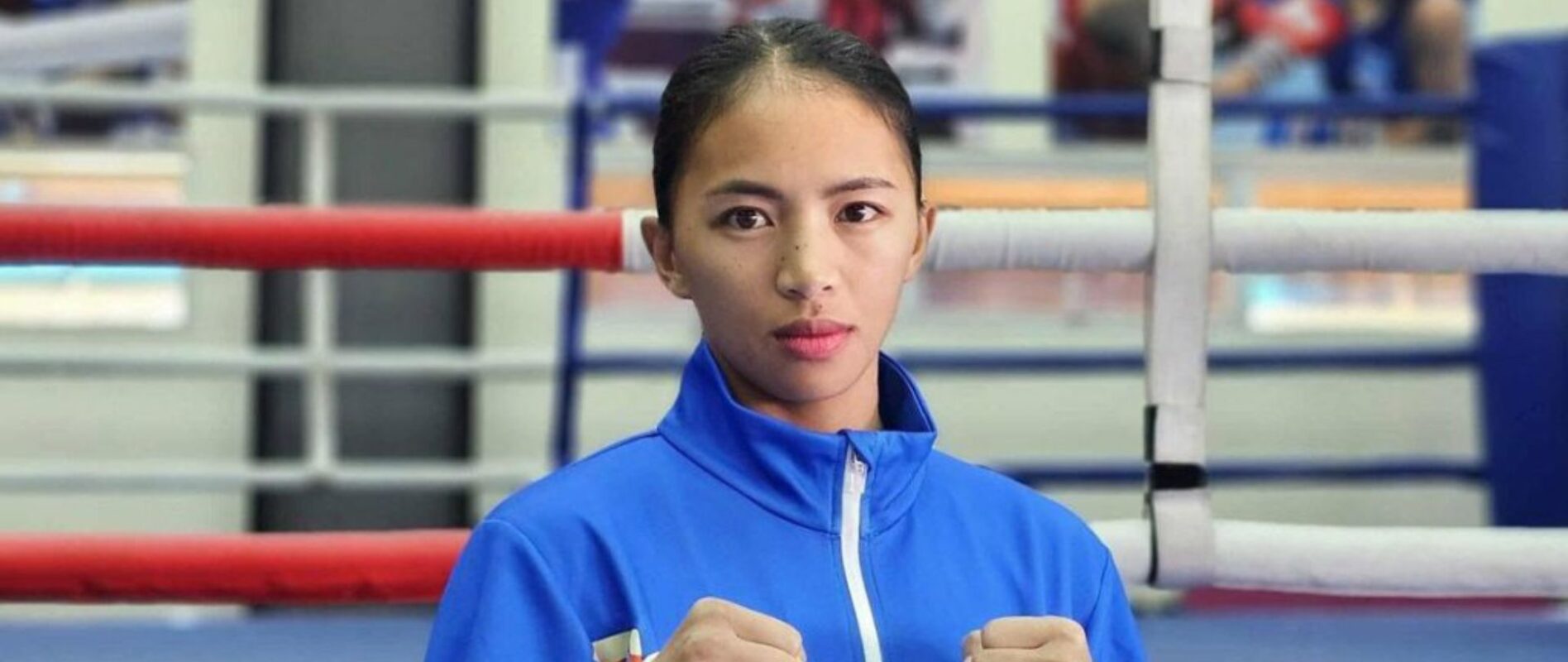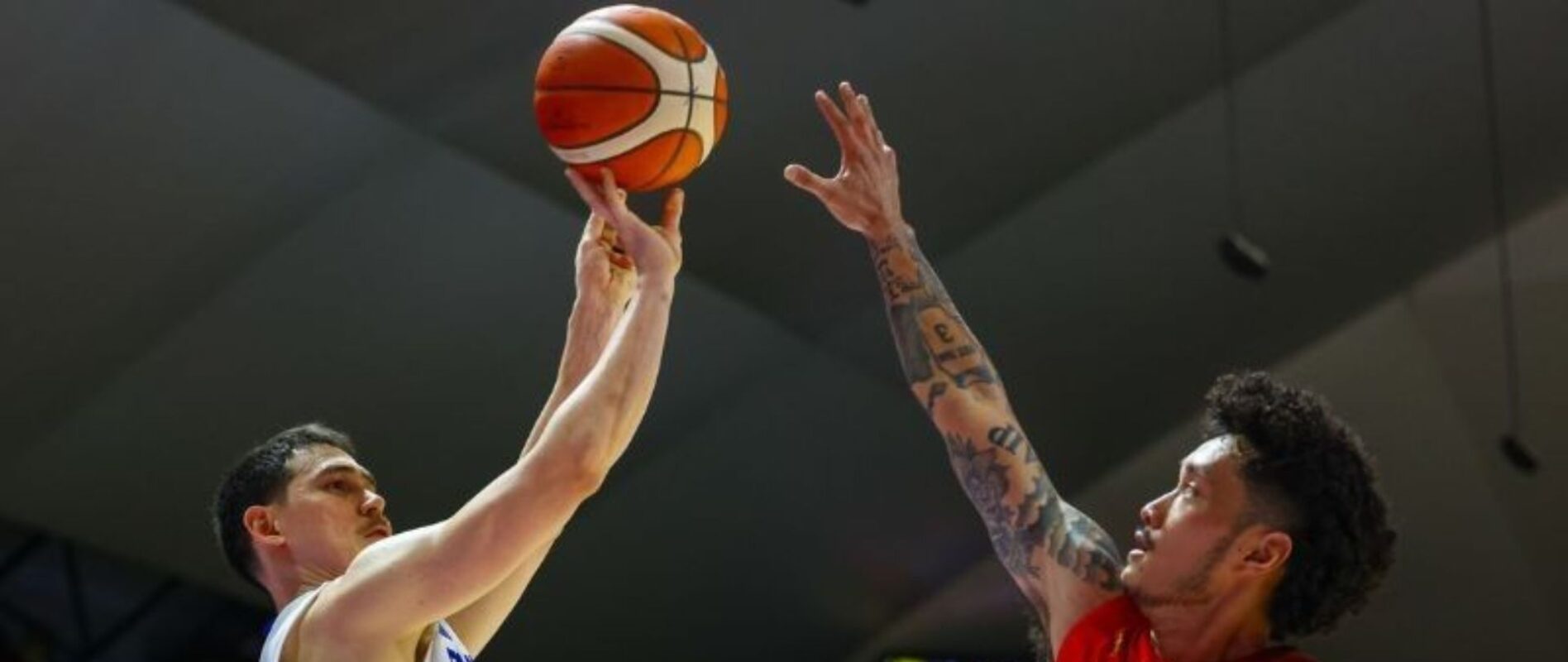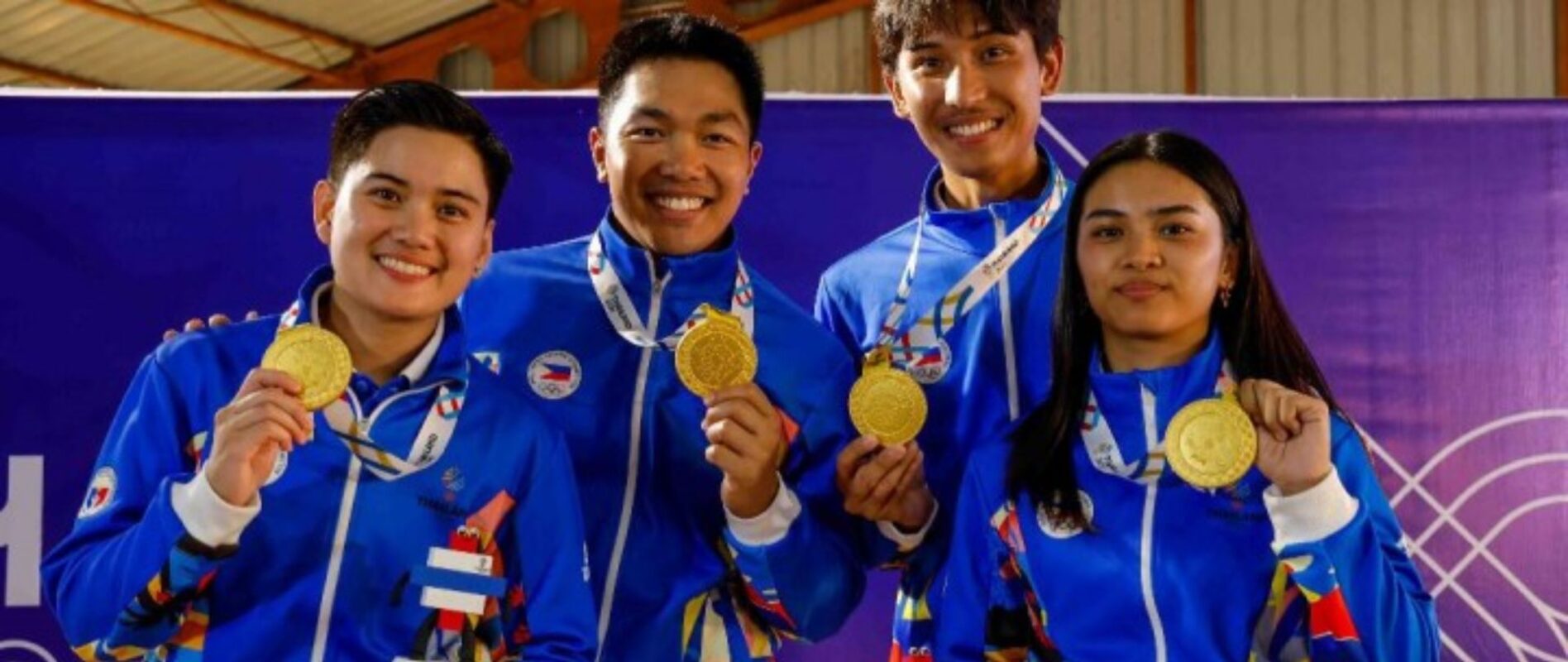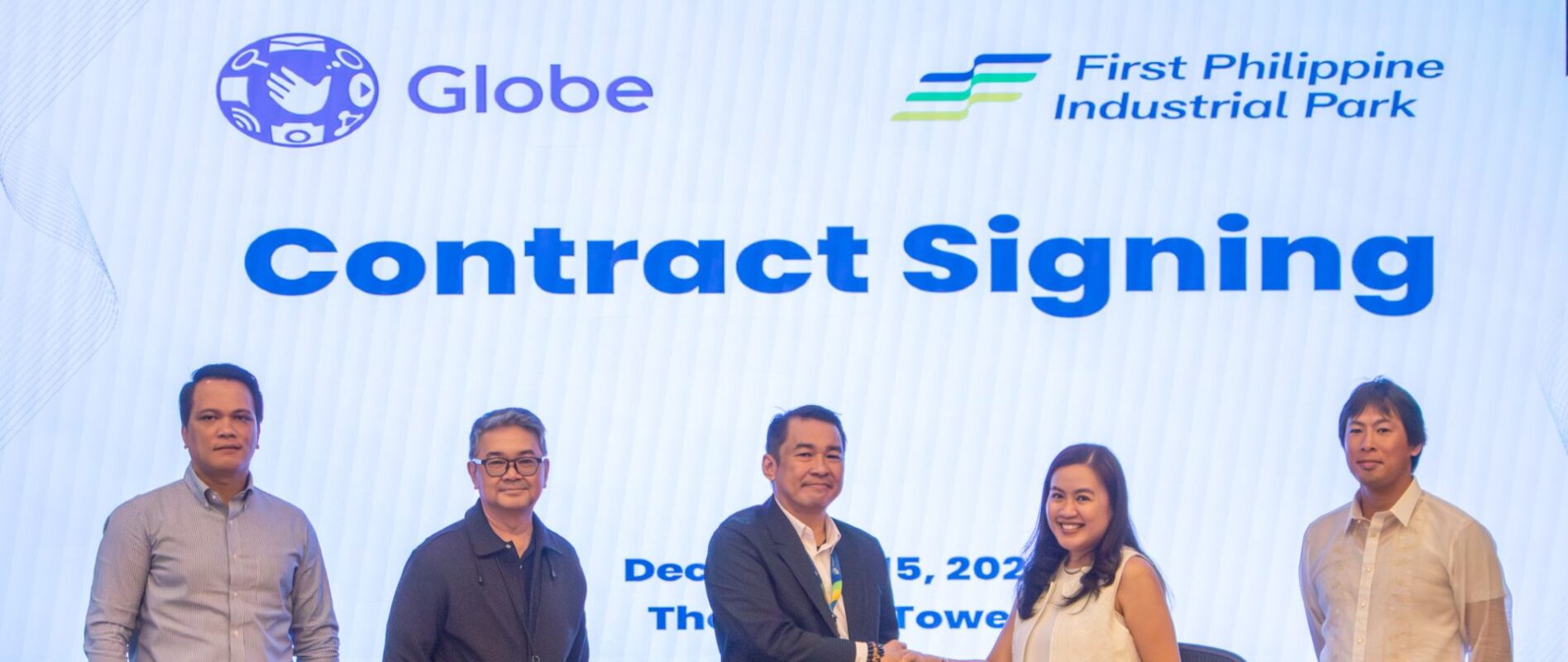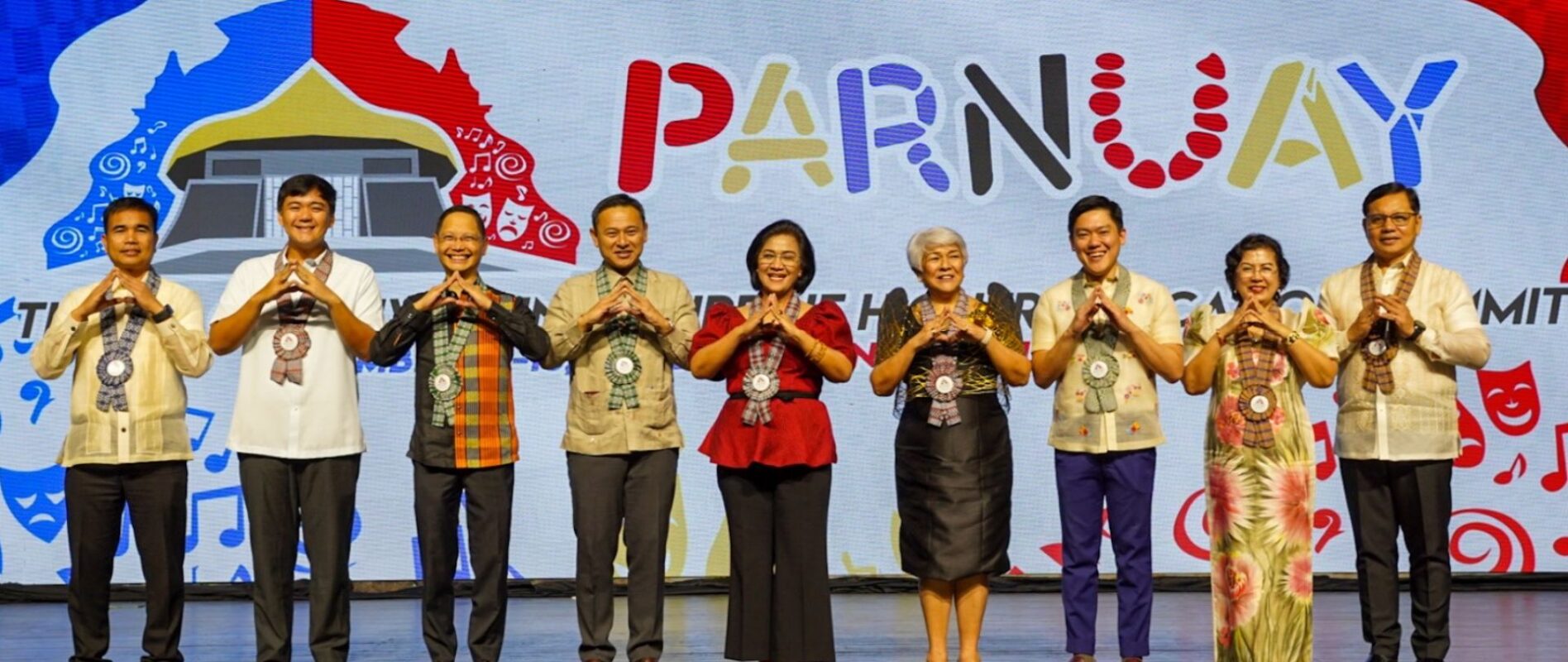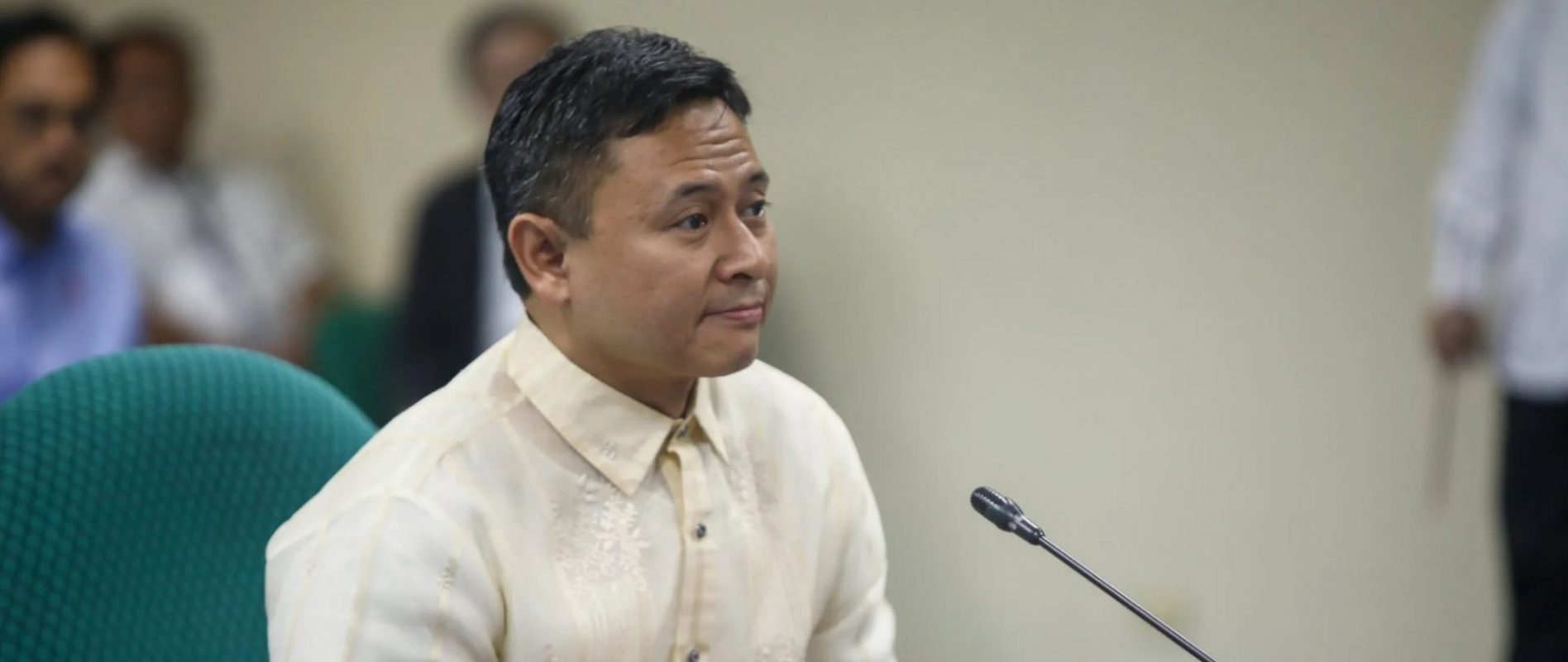BREAKING BARRIERS: THE PERSISTENT INEQUALITY IN SPORTS
Society has been through a lot of discrimination. Gender stereotyping, objectifying abilities, barriers of racism, and sexism, these crying shames have been dealt with in a sports activity as well.
In Sports in general, discrimination has been a long contentious topic. The lack of diversity is the problem in advancing all areas of sports in society.
Gender stereotyping has raised its presence in sports that women get less support than their male counterparts and vice versa.
Differences between men and women become the societal problem of the sports community. Not only the overall audience exposure between athletes but also with the opportunities with commercial sports, the general public, and event sponsorships.
The gender gap has been the major barrier in identifying which sports are more suitable for men and women. Hence, stereotyping affects men and women the way basketball is for men and volleyball is for women.
The public takes part in declaring what is expected for the athletes. They have always expected female athletes to join sports with aesthetic and feminine elements while males are for masculine sports.
The negative factor sometimes cited as inappropriate sports plays an obstacle for both men and women athletes. This has been a trend ever since. In other countries, women playing basketball gain a lot of popularity from their peers. But why does in the Philippines, people can’t talk about sports without talking about who dominates it?
The same goes for men playing volleyball. The public thinks it is more suitable for women playing the sport rather than men. The same inequality goes to men playing gymnastics and figures skating.
The way sports have been perceived by the public will always be the problem. Athletes were reluctant to address such issues. Afraid that public calling men playing volleyball as gays and women playing basketball as lesbians.
Even LGBTQ+ people struggle to enter any sports activities because of the harassment and discrimination from the public. They were judged first before showing skills and talents.
A generation has passed and although the majority of people have developed fairness of attitude towards sports discrimination, there are still people who have an indifference to the issues.
Just this year, Women’s basketball in the Philippines—the Women’s National Basketball League (WNBL)—has celebrated a breakthrough of advancing into the pro league. Not only this opens to more opportunities it also breaks barriers for women to participate more in male-dominated sports as well.
The progression of women in basketball society raises women’s self-esteem to think that they can equally do what males can do and stop the public from their old way of belief that women are not skillful enough to do things like men do.
Aside from gender stereotyping, the sports community and the public missed to educate themselves for being sexist. This continues to be present at both amateur and professional level, although this typically targets women yet it can be applied to men as well.
With the sports society screaming masculinity, women are downplayed more particularly in high contacts sports like basketball, football, and other combat sports. While, men are misjudged in participating in feminine sports like gymnastics, cheerleading, figure skating, and other aesthetic sports.
Inequality and discrimination have been present in any career or field of work you wish to desire. It can be in politics, institutions, and other industries as well. Still, grateful to the people and groups who set standards in breaking the barriers in overcoming discrimination especially in the sports community. After all, every sport is a person’s avenue for self-development. It is not only for the physical aspect who is stronger or not. It is a tool that promotes health, behavior, and education. Thus, it is welcome for everyone.


